By James H. Burns: It was in the early 1990s when rereading some Marvel comics of the very late ’60s, and early ’70s — and more to the point, reading some tales from that period that were entirely new to me — that I came to the happy conclusion that the success of the comics line was no accident, or a gossamer from childhood that didn’t quite hold up in a later light. Stan Lee, with Jack Kirby and Steve Ditko and Don Heck–and many, many others! —
All for publisher Martin Goodman, the gentleman most overlooked in pop culture histories (and who had been active since the days of the pulp magazines, in the 1930s)
— Had indeed created an engaging and complex universe, with as much potential for enchantment and intelligence, as action and adventure.
Too often forgotten is that it was with Lee’s achievements as an editor overseeing the Marvel line, coordinating and inspiring the contributions of many other writers and artists (while still scripting many titles on his own) that all these terrific elements coalesced. (Writer/editor Roy Thomas, beginning in the second half of the 1960s, also made significant contributions, which became even stronger, when he became Marvel’s editor-in-chief in 1972, with Lee as the publisher.) This saga was all the more remarkable because you could see the new installments of Stan Lee’s oeuvre every month, gleaming at your local newsstand, beaming with often incredible cover art —
By just making a few blocks walk, or bike ride (or a short car-drive with a parent)!
Also phenomenal was that you could purchase these issues for just twelve, and then fifteen cents…
(Imagine the widest spectacle of adventure, with almost always wonderful illustrations, available today, for what would be the equivalent of a little less than a buck!)
Many of the stories, at least in their cumulative impact, remain among the best the medium has offered.
And while the Marvel movies have certainly offered at least a hint, too many fans of imaginative fiction remain unaware of just how wonderful that Marvel universe could be–
Priceless, at any time!
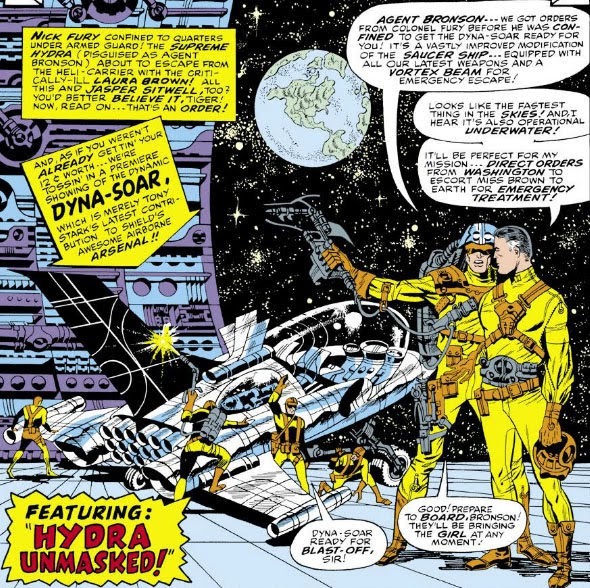 Marvel was a success all over the country, but there was a special kind of thrill if you grew up in New York, or the Tri-State area (New Jersey, Connecticut, and even parts of Pennsylvania)
Marvel was a success all over the country, but there was a special kind of thrill if you grew up in New York, or the Tri-State area (New Jersey, Connecticut, and even parts of Pennsylvania)
The characters not only lived relatively near you, but so did their creators! The majority of Marvel’s heroes and villains resided in Manhattan, or its nearby environs, and the editorial offices were in the heart of the great metropolis.
I first discovered the world of Marvel in the same way as millions of other kids, via The Marvel Super Heroes, a daily syndicated half-hour cartoon series, that debuted across the United States in September 1966.
The series featured often primitive animation — even using what seemed like cut-outs from the comics, or colored xeroxes of the same, moving across the screen. But the adaptations of the Marvel scripts were usually almost exact, and it’s astonishing, even today, to see the era’s artwork come to a certain kind of life, with some particularly good voice acting, and background — if stock — music.
The line-up included Captain America, Hulk, Iron Man, Thor and Bill Everett’s Sub-Mariner. (Each character received thirteen half-hour episodes, with very memorable theme songs!) Spider-Man was originally supposed to be part of the lineup, but when a Spidey series was sold to ABC for the next television season, Subby (Prince Namor, of Atlantis) indeed became a substitution. (The network Spider-Man series featured far improved animation, and a jazz score that remains notable.)
(The program was also unusual because, reportedly, its individual series were provided by several animation studios (which would certainly help explain the shows’ widely divergent styles)! Stan Lee supplied the scripts for which — even more remarkably, if recent accounts are accurate! — he also brought in contributions from none other than Jerry Siegel, the co-creator (with Joe Shuster) of Superman.)
The Marvel Super Heroes’ importance to Marvel as a company, and to the explosion of super hero pop culture across the nation in the mid-1960s is usually ignored, which is odd: Because for the next several years, the program would be the majority of Americans very first exposure, and introduction to Marvel’s unique cosmography.
You were able to experience much of the first couple of years of the Marvel universe, before you could even read!
As a four-year old, it was amazing to be sitting in front of the family TV, and see New York City street scenes, and sequences taking place in the suburbs — often with a kind of neat, chiaroscuro effect (as I watched on a black-and-white television!) — taking place within less than forty minutes from where I lay my head.
I also loved the DC/National comics characters (Superman, Batman, Flash, Green Lantern, the Atom, Hawkman, the Justice League of America…). As I began to read and become devoted to comics over the next few years, those affections grew even stronger. But there was a bonus to knowing that many of the Marvel folks lived virtually next door!
This delightful fancy came full on to me one weekend afternoon in the early 1970s, during one of the very last times – the last time? — my immediate family was in a car together, going somewhere. Anne and Phil Lehrman had been like an aunt and uncle to me, and their daughter, Bettie Jo, was marrying David Chin, in Queens (the New York City borough right between Manhattan’s East River, and Long Island).
(For years, Annie and Phil would bring me an ice cream sundae — a parfait, actually, from Carvel — whenever they would visit!)
As we drove through the pleasant residential area that some might be surprised to discover exists in New York City’s outer reaches, I suddenly thought:
“This is where Peter Parker lives (or, somewhere close by….)!”
I didn’t expect the Friendly Neighborhood Spider-Man (Parker’s alter-ego) to suddenly be swinging overhead, or even to see his Aunt May out for a stroll. But it was fun to indulge in such whimsy, on what promised to be an even happier afternoon ahead.
 (Similarly, as a very little kid, the skyline of Manhattan always gave me a thrill, and not just for the obvious reasons. For years, every early Sunday afternoon, New York’s local WNEW-TV would broadcast a comedy from the Bowery Boys series (starring Leo Gorcey, Huntz Hall, and Gorcey’s father, Bernard, as Louie Dumbrowski, the “Sweet Shop” owner). Many of the movies opened with a logo featuring New York’s skyscrapers. The iconography of the mind, particularly of those that are very young, can take many forms!)
(Similarly, as a very little kid, the skyline of Manhattan always gave me a thrill, and not just for the obvious reasons. For years, every early Sunday afternoon, New York’s local WNEW-TV would broadcast a comedy from the Bowery Boys series (starring Leo Gorcey, Huntz Hall, and Gorcey’s father, Bernard, as Louie Dumbrowski, the “Sweet Shop” owner). Many of the movies opened with a logo featuring New York’s skyscrapers. The iconography of the mind, particularly of those that are very young, can take many forms!)
It was even more astonishing to learn, later, that at the time of Marvel’s early ascendancy, I lived directly between the homes of Stan Lee and Jack Kirby, in Nassau County — Lee in Hewlett Harbor, and Kirby in East Willison (near Mineola); both about fifteen-to-twenty minutes distance…. I still haven’t been able to quite process the fact–discovered only about fifteen years ago — that in the late 1960s and early 1970s, the legendary fantasy and comics artist Wally Wood had opened a small studio only five minutes from my family’s place in Valley Stream. As a child, I had walked by that nondescript small building, with absolutely no idea of the delights being devised within!
Forgive me, because I didn’t mean to go all self-referential. But New York City, I’m told by some, has become inexorably linked to my writing. (Barbara Peterson, in fact, surprised me by initially entitling a series of occasional columns that I wrote for her wonderful Thunderchild website, “Burns in the City”.)
When I’m walking in Manhattan, particularly at night… It’s always more than enough to be on the Seventh Avenue and Broadway blocks that live so much in my heart —
But many of those Marvel comics panels still echo somewhere in my mind.
(Surely, many of your own favorite writers and artists — comics and otherwise — know these streets as well, or better than I do. And it’s extraordinary to realize that artist/writer Steve Ditko, now eighty-eight years old, the co-creator of Spider-Man, and the creator of Doctor Strange and many other characters, still works every day in his studio/office, somewhere in the Times Square area.)
It’s not that I expect to have Captain America suddenly tap me on the shoulder–
And I wonder sometimes if I’d even deserve such an hero’s greeting —
But it’s warm to remember how many of the adventures that so inspired me, transpired here, along the way.
And that for those who are only discovering these stories today, it’s all in the future, as so many tales await.
ADDENDUM:
For decades, the rarest piece of Marvel film footage was the opening and closing credits of The Marvel Super Heroes. The title sequences disappeared somewhere during the program’s later rebroadcasts and syndication. When the cartoons debuted on home video in the 1980s, clips from the scenes could be seen in a new montage that began each volume, but the intro and finale were still gone.
…Until a few years ago, when some intrepid comics fans (“True Believers,” or “Fearless Face Fronters,” as Stan Lee might have called them!) began somehow finding the films, and putting them online.
These vignettes are of importance because they were some of the first science fiction or fantasy super hero milieu experienced by the general public.
And as to the end titles, how often, to this day, do you get to see a group of dancing titans?
The Marvel Super Heroes also featured theme songs for each character:
Captain America
Hulk
Iron Man
Thor
Subby
As a service to our faithful readers, here are the lyrics: CAPTAIN AMERICA
When Captain America throws his mighty shield,
All those who chose to oppose his shield must yield.
If he’s led to a fight and a duel is due,
Then the red and white and the blue’ll come through,
When Captain America throws his mighty shield.
HULK
Doc Bruce Banner,
Belted by gamma rays,
Turns into the Hulk.
Ain’t he unglamorous!
Wrecking the town,
With the power of a bull,
Ain’t no monster clown,
Who is as lovable,
As ever-lovin’ Hulk! HULK!! HULK!!!
IRON MAN
Tony Stark makes you feel,
He’s a cool exec with a heart of steel.
As Iron Man, all jets ablaze,
He’s fighting and smiting with repulsor rays!
Amazing armor!
That’s Iron Man!
A blazing power!
That’s Iron Man!
THOR
Cross the Rainbow Bridge of Asgard,
Where the booming heavens roar,
You’ll behold in breathless wonder,
The God of Thunder, Mighty Thor!
SUB-MARINER
Stronger than a whale,
He can swim anywhere; He can breathe under water,
And go flying through the air:
The noble Sub Mariner, Prince of the deep.
So, beware you deadly demons,
Lord Namor of Atlantis,
Is the Prince of the Deep.
There remains one more “lost” element from the series. The cartoons were actually relatively short, about eighteen minutes in their entirety, which led some stations to initially have the program presented by a host (working from scripts, reportedly, provided by Lee and Siegel, as well using their own material and ad-libs).
To “fill out” the half hours, the show included “interstitials,” very short segments (under a minute), explaining a character’s origin, or special concerns. These sequences also disappeared over the years, and only a few have resurfaced.
You have a repeat of The Marvel Super Heroes opening here (in color), but at 47 seconds, a “bumper” all about Captain America’s shield:
Some are available for now only in French, such as this one about Thor:
Or this “bio,” about Prince Namor, the Sub-Mariner
And finally, this background on the character who was one pf the Marvel Universe’s very first pillars,, Captain America:
It would be lovely if a historian at Marvel, or its current corporate parent, Disney, could trace the rest of these short films down. It’s not so much, obviously, that they are celluloid jewels, but they still reflect in a very unique way on these oh-so-many beloved fictional lives, and the history of the company they once kept.
Discover more from File 770
Subscribe to get the latest posts to your email.

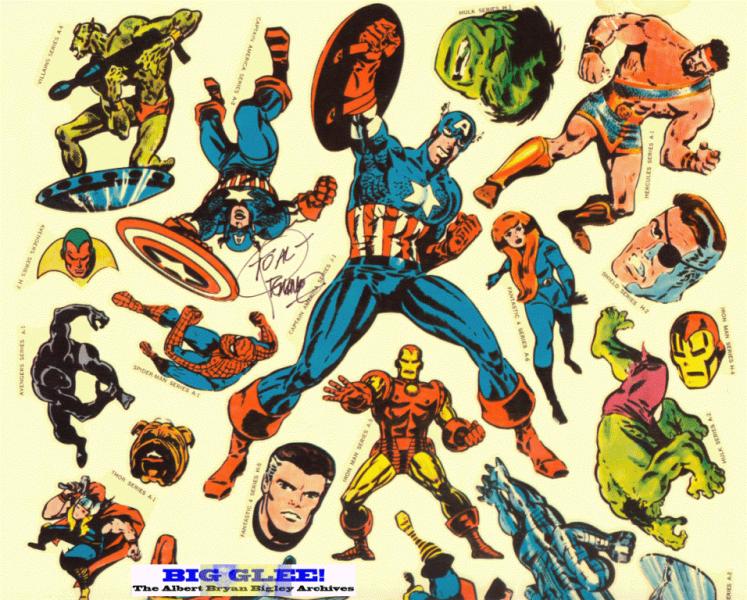
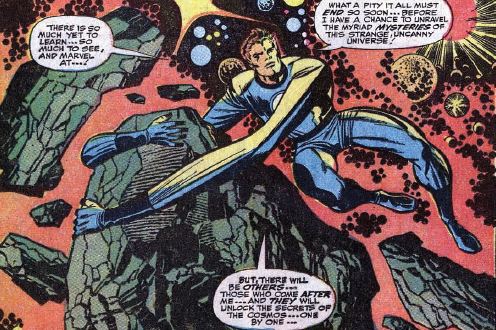

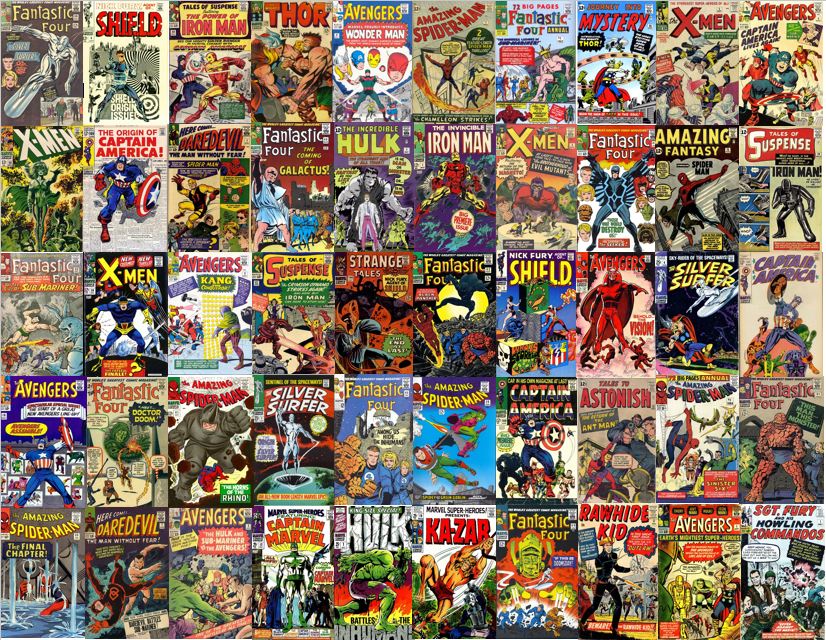
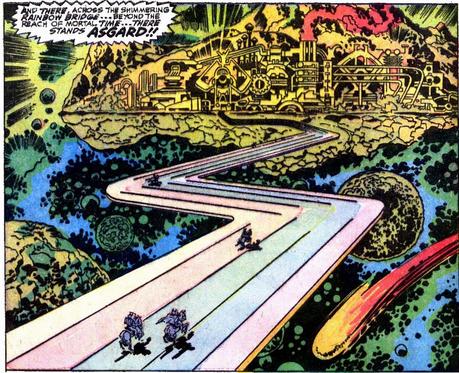
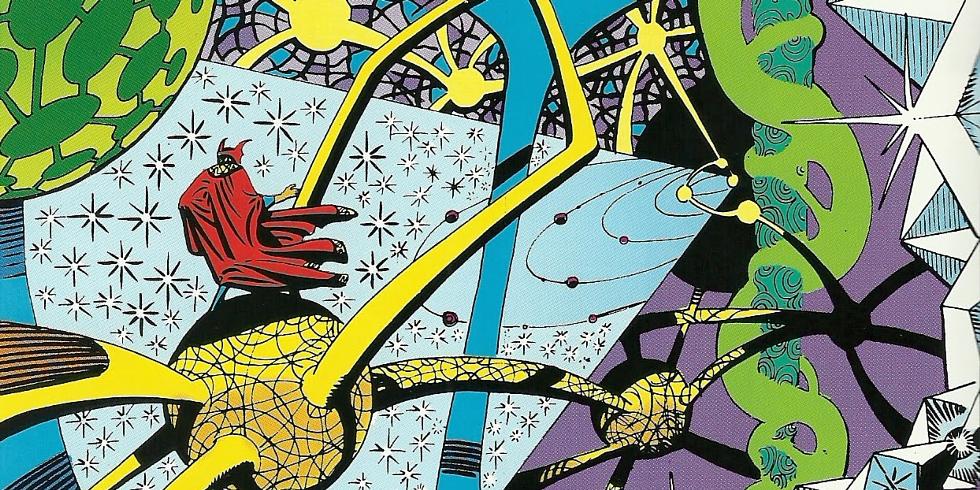
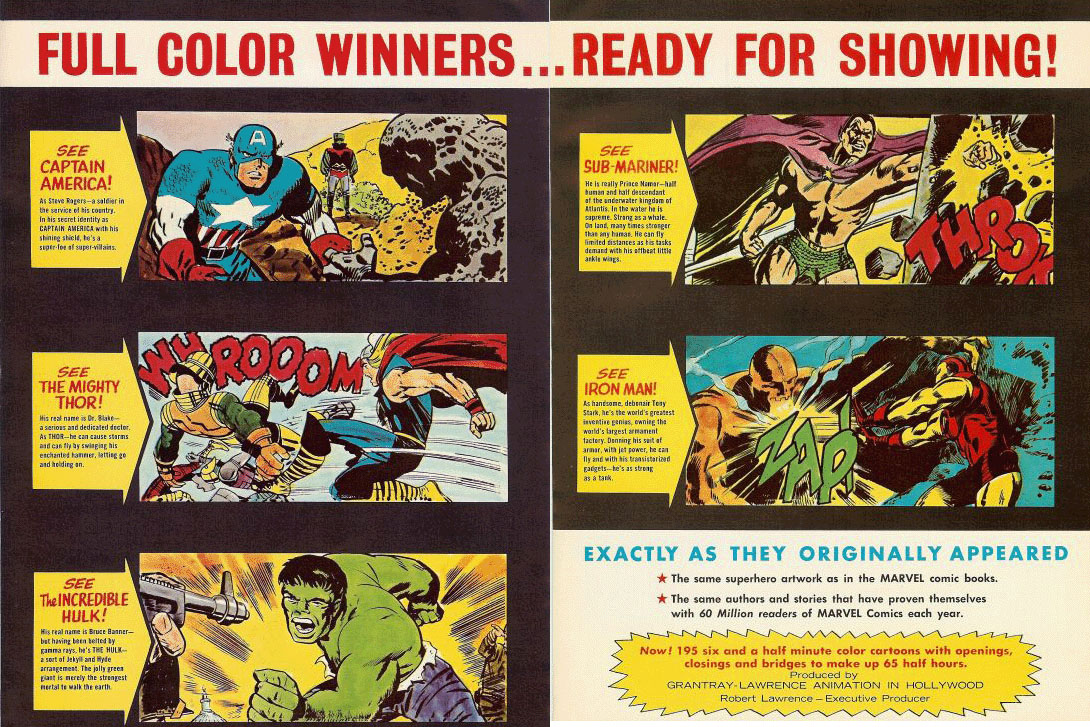
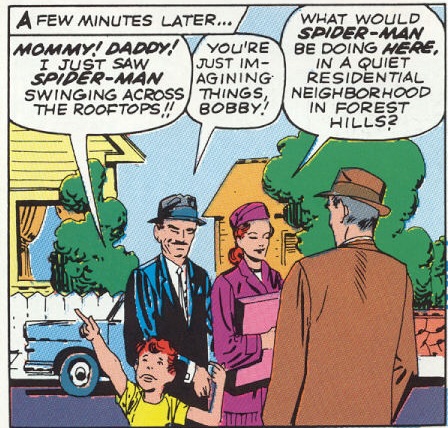
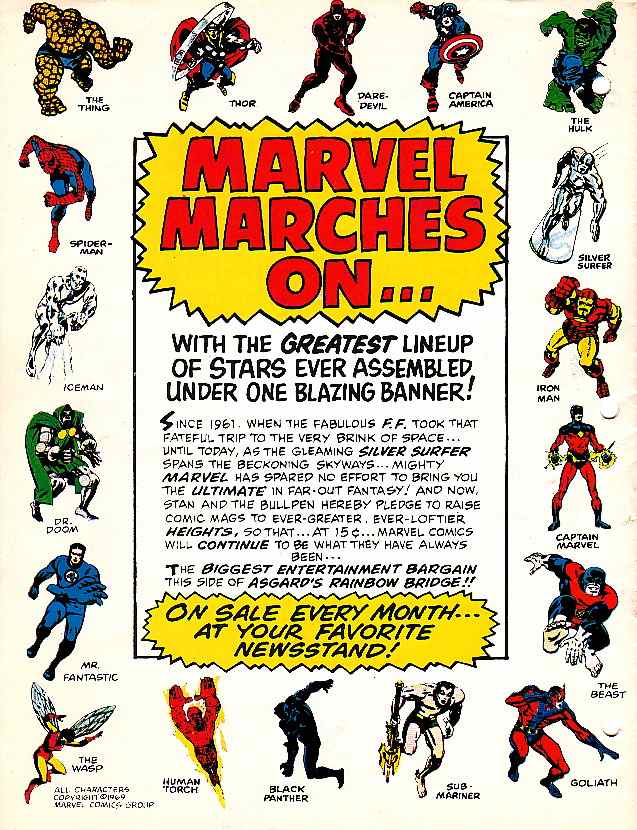
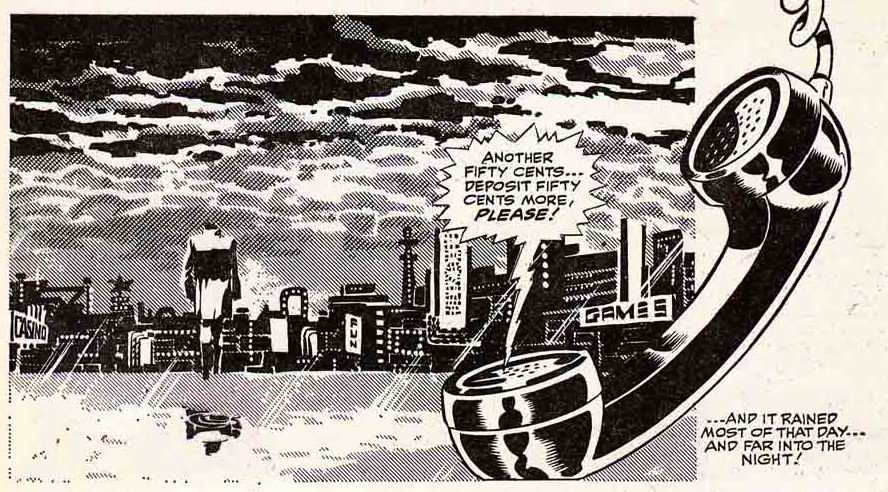
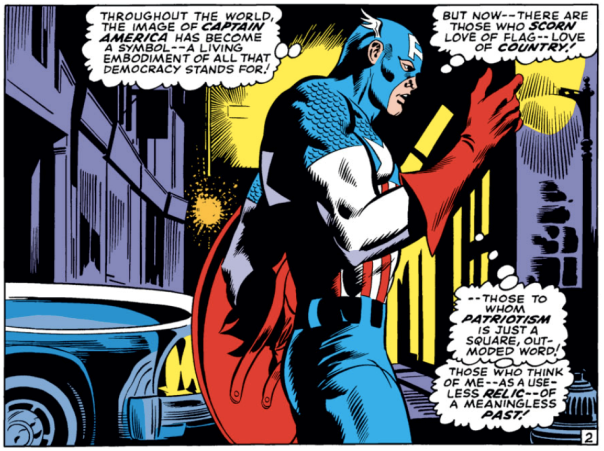

Certainly as a kid from outside the area, one thing NYC meant to me was, “where the superheroes live.”
“Comics will break your heart, kid.” –Jack Kirby.
I lived in Colorado, my cousin lived in Texas. Together, we were superheroes operating out of California. In one adventure (we wrote scripts in the letters we sent each other) we went to NYC, and thought we saw Spiderman off in the distance. Verified it too, on a pocket monocular from Edmund Scientific with which I was infatuated at the time.
Excelsior! (Would I play Balfe’s setting of the Longfellow poem today if Stan hadn’t repeated the word so often?)
The happiness first time I went to New York and saw that the wooden water towers were real. ^^
Not Marvel, and yet is any superhero theme collection complete without:
https://youtu.be/sNT8SMlqLJA
I'[m going to hae to take a few hours t go through all this stuff. Thank you.
Stoic Cynic, that;s fun, but you may have overlooked the neat point here:
ALL of these clips are from ONE 1966 series!
…A series that had been, as pointed out, sort of overlooked in terms of the history of the media genre.
Another sublime walk down memory lane, Jim. Simply lovely. You are, at heart, a family man…whose family consists of animated heroes and super marionettes. That’s a fairly imaginative conglomeration of in-laws, my friend. Your work is, as ever, Marvel – ous.
A great piece, Jim!
The Marvel Super Heroes was a fun and entertaining cartoon series, despite its limited animation technique. Part of its charm was the concise and catchy theme songs assigned to each Marvel superhero-character. (The Spider-Man series of 1967 would be, as Jim noted, a more advanced production in terms of animation, and with its own iconic theme song.)
The Marvel Comics of the 1960s successfully captured the youthful optimism of the period, and made fans feel like a part of the burgeoning “Marvel Age of Comics”. That sense of enthusiasm and camaraderie was cleverly expressed, albeit a bit tongue-in-cheek, in the words of the “Merry Marvel Marching Society” song heard during the closing credits of the Marvel Super Heroes series (see the clip above, posted by Jim).
The MMMS membership kits sent out in 1967 (for just a buck!) included “Scream Along with Marvel”, a 33 1/3 flexible disc recording containing both “The Marvel Super Heroes Have Arrived” (the opening theme for the 1966 cartoon) and the complete version of The Merry Marvel Marching Society song.
Pingback: In Honor of the New Dr. Strange Trailer | File 770